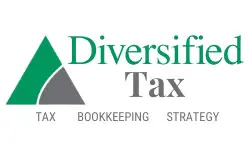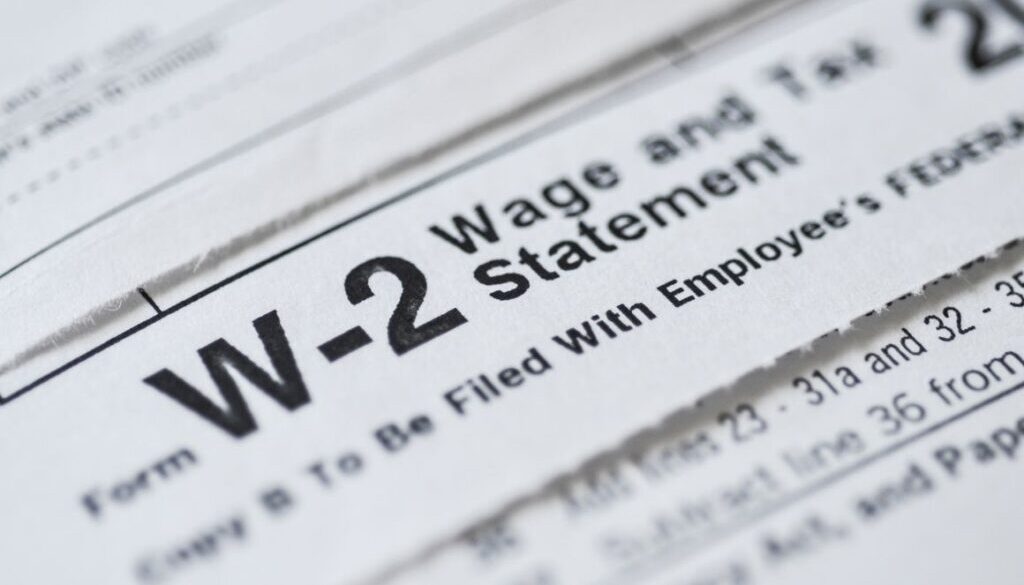Filing Taxes Without a W-2: How to Stay Compliant and Avoid Penalties
Table of Contents
Filing Taxes Without a W-2: How to Stay Compliant and Avoid Penalties
Tax season can be a stressful time, especially if you find yourself waiting for a W-2 form that hasn’t arrived. This crucial document, provided by your employer, outlines your earnings and the taxes withheld throughout the year. Without it, filing your taxes can feel daunting. However, there are several steps you can take to help ensure you meet your tax obligations even if your W-2 is missing. This guide will walk you through the process, providing clarity and actionable steps to help you file your taxes confidently.
Understanding the W-2 Form
What is a W-2?
The W-2 form, officially known as the Wage and Tax Statement, is a document that employers are required to send to their employees and the IRS. It summarizes an employee’s total earnings for the year and the taxes withheld from their paychecks. The information on this form is essential for accurately completing your tax return.
Who Receives a W-2?
Typically, employees who receive wages or salaries will get a W-2. If you have worked multiple jobs during the year, you may receive several W-2 forms. However, if you are an independent contractor, you will likely receive a 1099-NEC instead, which reports your income but does not include tax withholdings.
Key Information on a W-2
A W-2 includes various details, such as:
- Total wages earned
- Federal income tax withheld
- Social Security and Medicare taxes withheld
- Contributions to retirement plans
- Other deductions
Understanding these components is crucial for accurately reporting your income and tax obligations.
What to Do If Your W-2 is Missing
Step 1: Check Your Email and Online Portals
In today’s digital age, many employers provide W-2 forms electronically. If you haven’t received yours, start by checking your email, including your spam folder, for any messages from your employer.
- Online Access: If your employer has an online employee portal, log in to see if your W-2 is available for download. Many companies upload these forms for easy access.
Step 2: Contact Your Employer
If you still can’t find your W-2, reach out to your employer’s payroll or human resources department. They can provide information on how and when the W-2 was issued.
- Verify Your Address: Seek to ensure that your employer has your correct mailing address. If they sent it to an outdated address, it may have been returned.
Step 3: Wait for the Deadline
Employers are required to send out W-2 forms by January 31. If you haven’t received yours by mid-February, it’s reasonable to follow up with your employer.
- IRS Guidelines: The IRS recommends waiting until the end of February before taking further action, as some employers may send W-2s later than the deadline.
Filing Taxes Without a W-2
Step 4: Use Form 4852
If your W-2 is still missing as the tax deadline approaches, you can file your taxes using Form 4852, which serves as a substitute for the W-2. This form allows you to estimate your income and tax withholdings based on your last pay stub.
- Completing Form 4852: You will need to provide details such as your total wages and the amount of federal income tax withheld. This information can typically be found on your last pay stub.
Step 5: Request a Wage and Income Transcript
To help ensure accuracy, you can request a Wage and Income Transcript from the IRS. This document shows the income reported by your employer, including W-2s and 1099s.
- How to Request: You can obtain this transcript online or by submitting Form 4506-T to the IRS. Keep in mind that it may take some time for the IRS to process your request.
Step 6: File Your Taxes
Once you have completed Form 4852, you can file your tax return. Remember that Form 4852 cannot be filed electronically; you will need to print and mail your return.
- Filing Tips: Seek to ensure that you keep copies of all documents, including your pay stubs and any correspondence with your employer, for your records.
What If Your Employer is Unresponsive?
Step 7: Contact the IRS
If your employer is unresponsive or has gone out of business, it may be time to contact the IRS directly. They can assist you in obtaining the necessary information to file your taxes.
- Information to Provide: When contacting the IRS, be prepared to provide your personal information, your employer’s details, and an estimate of your earnings and tax withholdings.
Step 8: Consider Filing an Extension
If you are unable to file your taxes by the deadline due to the missing W-2, you can request an extension. This will give you additional time to gather the necessary documents.
- Important Note: An extension to file is not an extension to pay any taxes owed. You must still estimate and pay any taxes due by the original deadline to avoid penalties.
Amending Your Tax Return
Step 9: Amend if Necessary
If you receive your W-2 after filing your taxes using Form 4852, you may need to amend your tax return. This is done using Form 1040-X.
- When to Amend: If the information on your W-2 differs from what you reported, it’s essential to correct your return to avoid issues with the IRS.
Step 10: Keep Records
Regardless of how you file, maintaining thorough records is crucial. Keep copies of your W-2, Form 4852, and any correspondence with your employer or the IRS.
- Documentation: Good record-keeping can help you in case of an audit or if you need to reference your tax filings in the future.
Conclusion
Filing taxes without a W-2 can be challenging, but it is manageable with the right steps. By checking online resources, contacting your employer, and utilizing Form 4852, you can help ensure that you meet your tax obligations. Remember to keep thorough records and consider reaching out to the IRS if you encounter difficulties. With careful planning and organization, you can navigate tax season confidently, even in the absence of your W-2.




